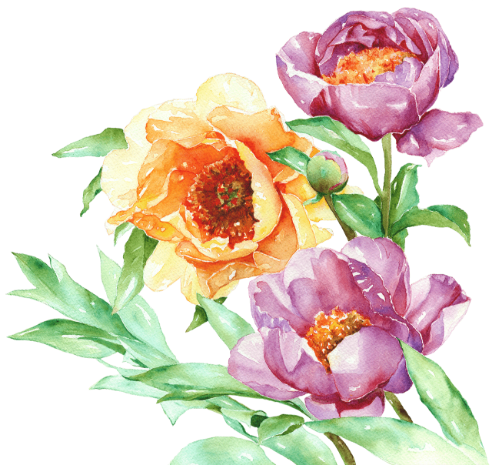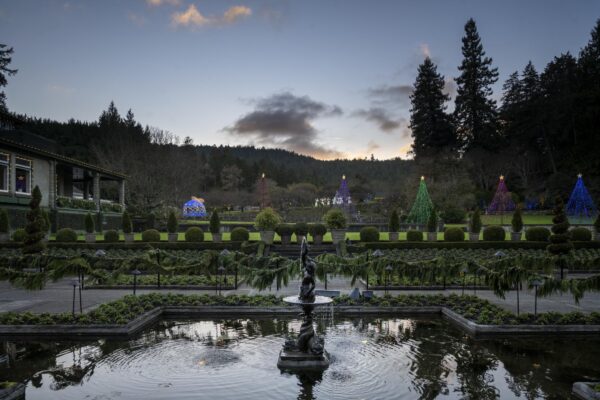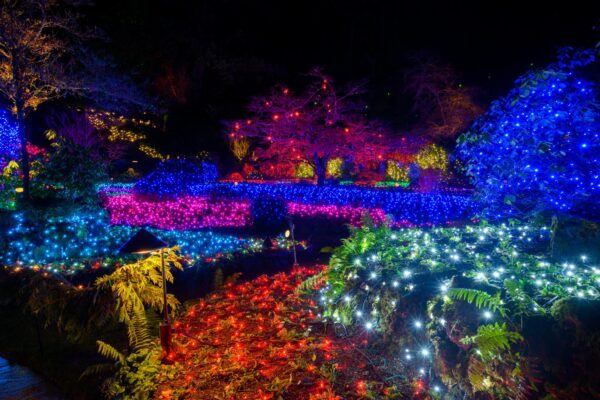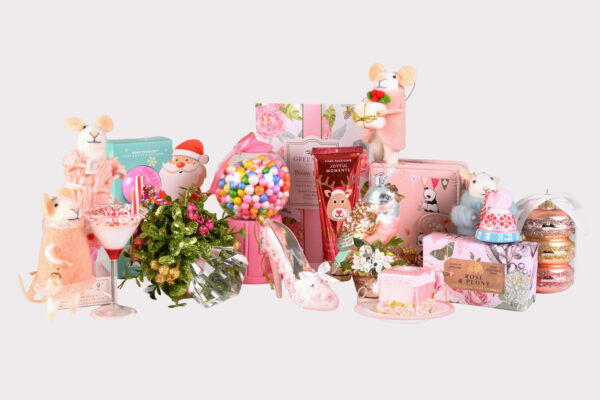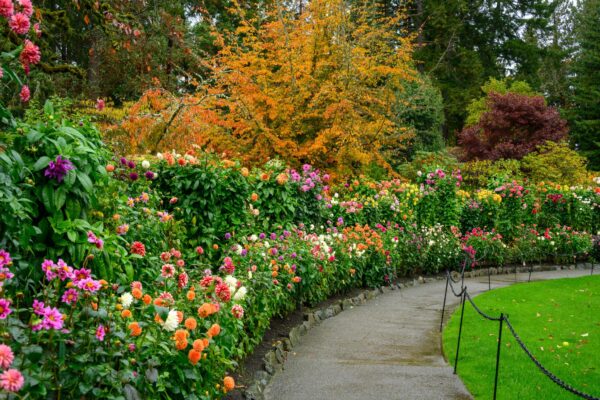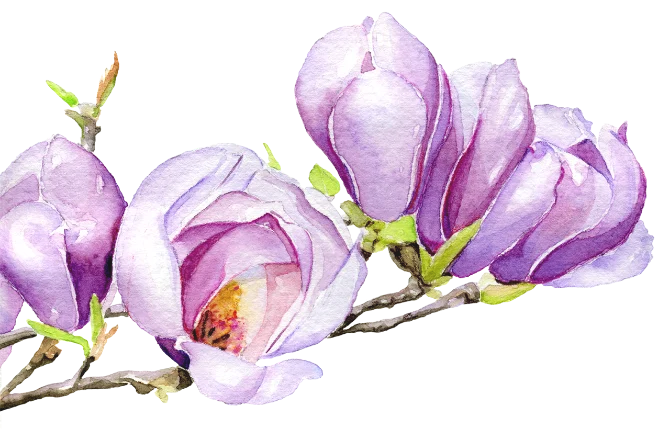
Autumn Garden Insights 2020
By Brian Nixon, Horticultural Manager
With days becoming shorter and nights becoming longer, we begin to see noticeable change taking place in The Gardens. The transition from summer’s lush greens, to fall’s brilliant reds, oranges and yellows has begun. After enjoying a beautiful summer, we embrace autumn, a change in scenery and also a chance to admire plants with fall interest. Early autumn is a magnificent time to visit, as you are blessed with the tail end of summer flowers and early seasonal colour. The first signs of fall this year began in early September with subtle hints of colour beginning to show in a handful of trees and shrubs. In mid-late autumn, you will begin to appreciate the true depth of colour that many of the trees and shrubs display.
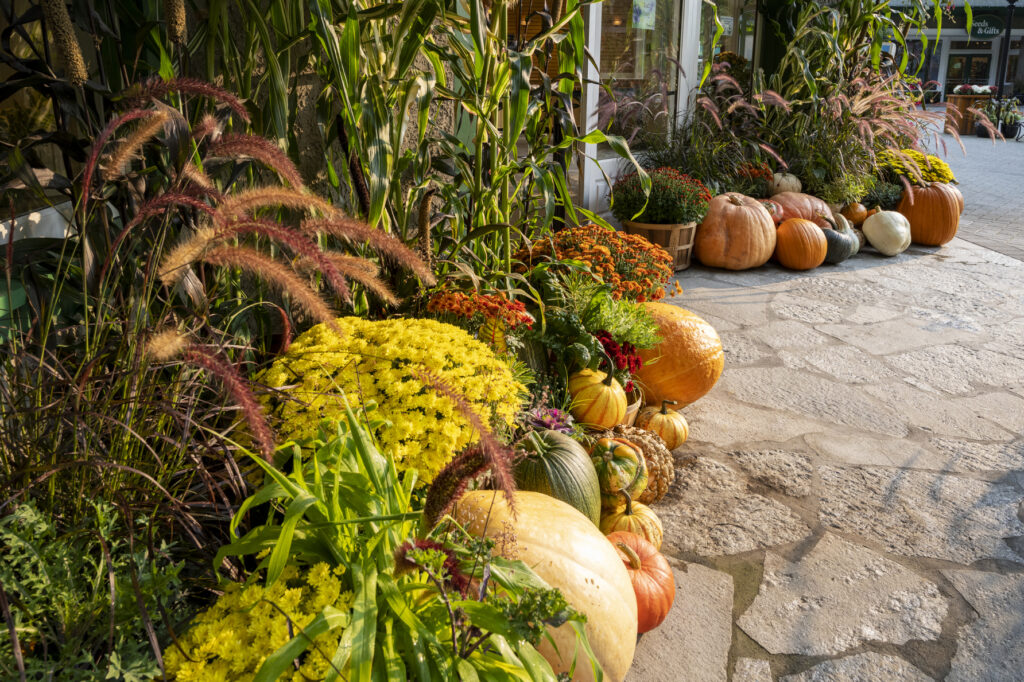
As we welcome autumn, I feel it is important to take a look back at the spring and summer season we leave behind. We may not realize just how much spring and summer weather influences the timing and quality of autumn colours; during spring, a wet growing season is ideal, in summer and early autumn, sunny days and cool nights are desirable. We enjoyed incredible weather this spring and summer, perfect if you were a plant! A cool and wet June, followed by average seasonal temperatures throughout the summer months have paved the way for a healthy, lush garden that has blended itself graciously into the autumn display.
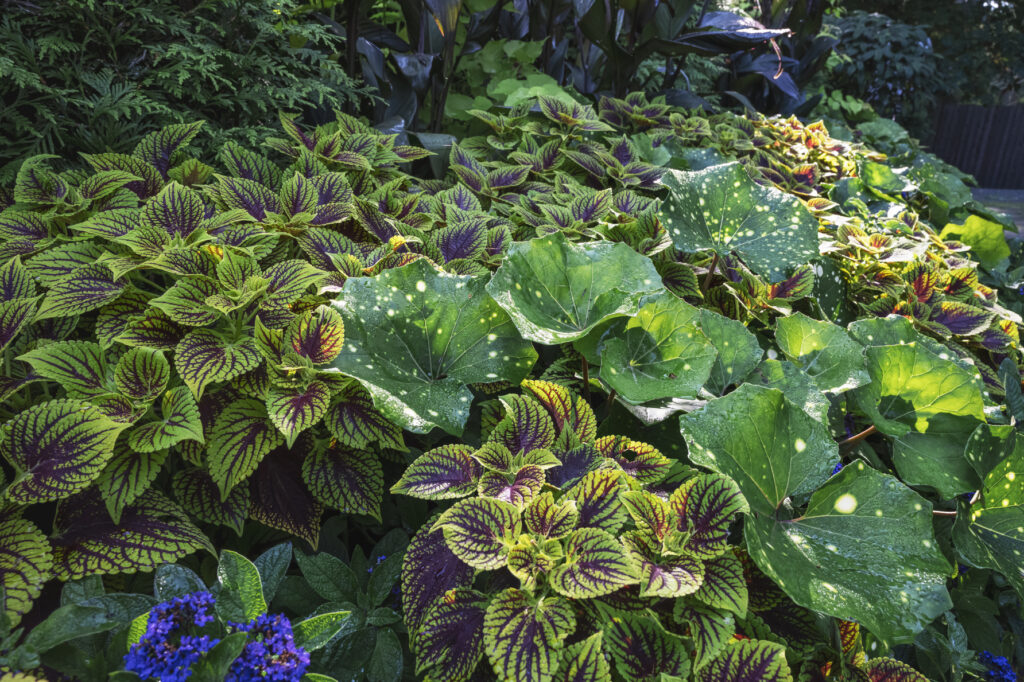
If you have visited us in the autumn season, you understand the beauty: brilliant colours in our deciduous trees, Japanese maples and appropriate floral displays. In the peak of autumn, the Japanese Garden steals the show, with such a high concentration of (Acer) Japanese maples. Walking beneath the canopy of these trees is truly an unforgettable experience.
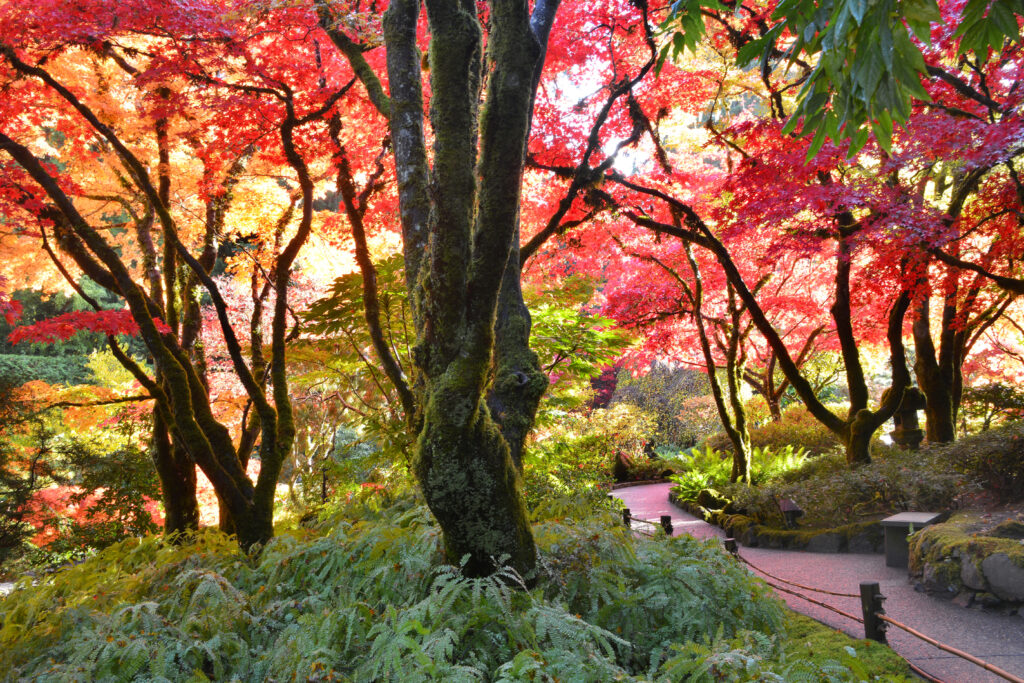
Visitors often ask “What makes the leaves on trees change colour?” I will share insight into the science of autumn colours without getting too technical. Colour change is primarily regulated by longer nights, followed by other environmental influences such as temperature, and rainfall. When it begins to get cold in autumn, some plants stop making chlorophyll. These plants will break down chlorophyll into small molecules and as the chlorophyll goes away other pigments begin to show their colours. This process creates the brilliant colours we often take for granted in the fall foliage.
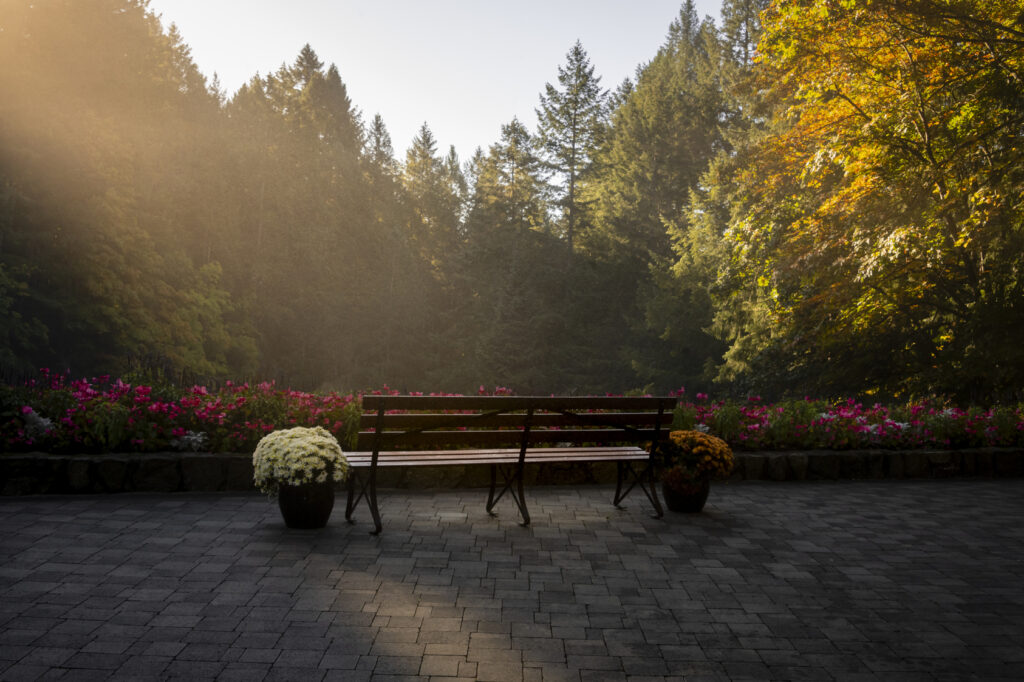
One area we pride ourselves on is the magnificent Dahlia border, located directly across from the Concert Lawn and running parallel with a main path, it allows our visitors get a close-up look at these stunning flowers. We grow over 700 Dahlias, all providing their own exquisite characteristics. Year after year, Dahlias are the longest lasting summer flowers. These late-season performers attract plenty of attention, especially during the months of September and October. They are known for more than their pure beauty, as they have meaning and symbolism, and generally the significance of the Dahlia flower is positive.
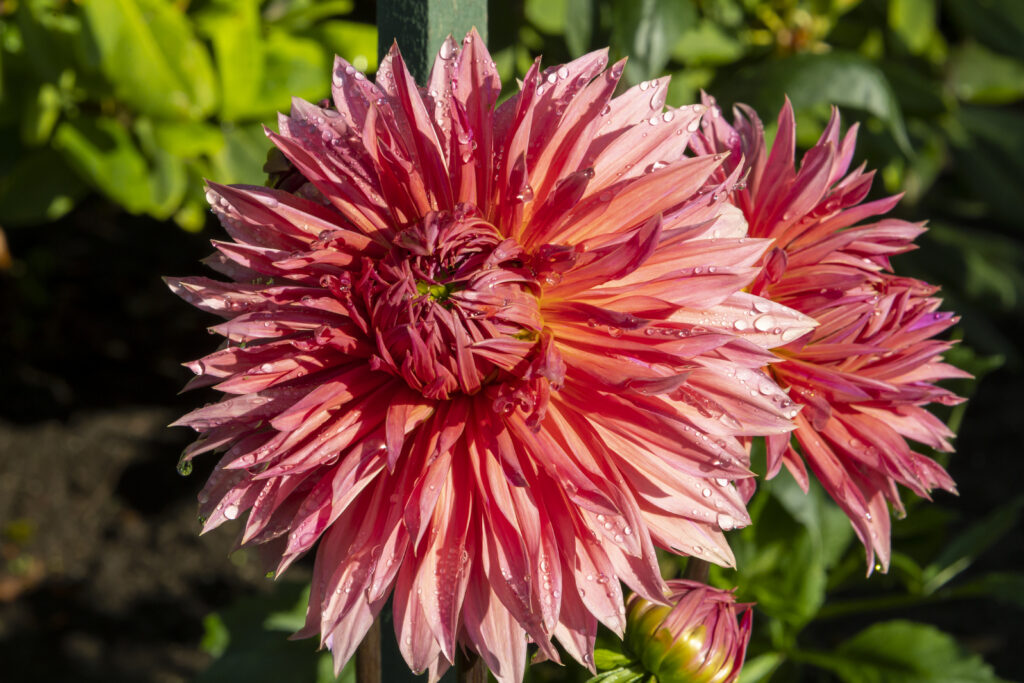
One of the most popular fall garden flowers are Chrysanthemums. We plant thousands of Chrysanthemums, in garden beds, pots, planters and baskets, thanks to their shallow-rooting habit. They are planted in our field nursery and greenhouses from plugs, grown for two months before eventually moving their way into their final home in the garden beds. These plants add an autumn feel, especially the orange, yellow and bronze colours which magically blend into surrounding fall foliage.
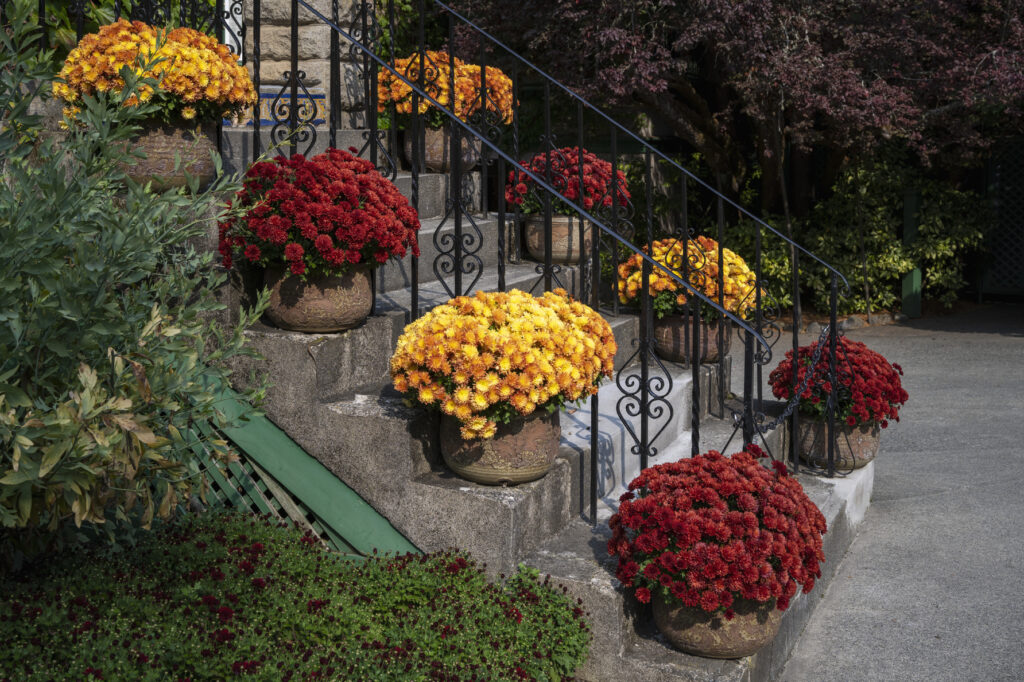
From year to year, the intensity and timing of developing colour in plants varies, leaving many of us anticipating what fall will look like, and when it will arrive. One thing we do know is that fall is always spectacular here, regardless of when you decide to visit.
Below are a few of the other activities our gardeners are looking after during the autumn season:
- Nestled in the backgrounds, we have enormous compost piles which are covered with Pumpkins, Squash and Gourds. You may wonder why we plant these on our compost piles. Planting the Pumpkins, Squash and Gourds provides our compost piles with natural weed suppression and a bountiful harvest that we use in our autumn displays. With the moisture level in the compost piles high, these plants do not require irrigation which also make them low maintenance.
- Poinsettias are one of the larger crops that we are growing right now in our greenhouses. We grow 1900 Poinsettias in 11 different varieties that we display throughout our indoor facilities during the Christmas season.
- We plant over 300,000 spring flowering bulbs in our flower beds before the first frost, in order to showcase Tulips and Daffodils in the upcoming spring season.

I have talked about a few autumn highlights in this blog, and would like to share a list of plants that offer tremendous autumn appeal to any garden:
- Abelia
- Acer (Japanese maple)
- Aconitum (Monkshood)
- Bellis (English daisy)
- Bergenia (Elephant’s ears)
- Callicarpa (Beautyberry)
- Chrysanthemum
- Clerodendrum trichotomum (Glory bower)
- Cotinus (Smoke tree)
- Cotoneaster
- Erica (Erica)
- Heptacodium (Seven – son flower)
- Liquidambar (Sweetgum)
- Mahonia (Oregon grape)
- Pyracantha (Firethorn)
- Skimmia japonica
- Tricyrtis (Toad lily)
- Viburnum
- Viola


